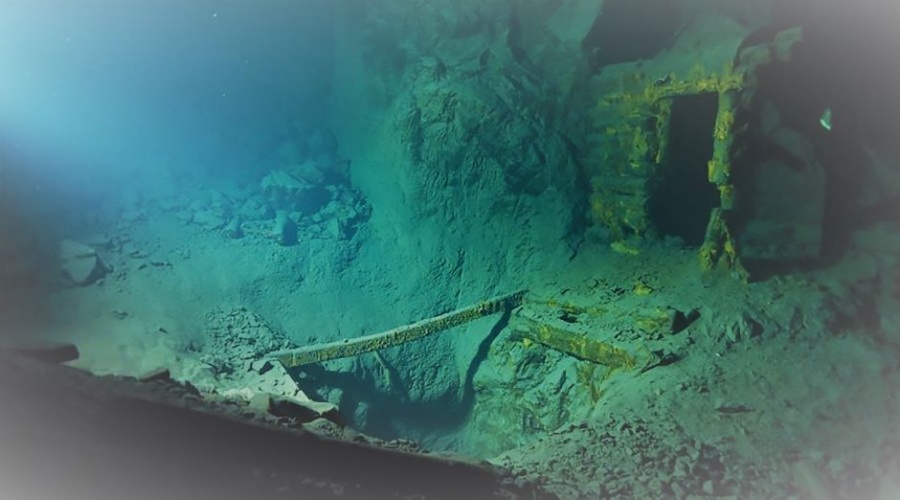
Planning permission has been granted for initial testing to take place on the Hebburn minewater scheme, which will draw geothermal energy from abandoned flooded mines in the former Hebburn Colliery to heat buildings that include a residential tower block.
Generating clean energy from the coal mines
Two wells will now be drilled by Dunelm Geotechnical and Environmental Ltd to extract water from the mines, and tests will validate whether the scheme remains fully viable. Drilling works and construction of the wells are likely to take until the autumn to complete.
In a statement, Cllr Tracey Dixon, leader of South Tyneside Council, said: “The Minewater scheme is expected to deliver a reduction of 319 tonnes of carbon emissions a year, which will make a significant contribution to our ambition for carbon neutrality by 2030.
“It will also help us upgrade the energy performance of fuel-poor homes as it will be used to heat one of the town’s residential tower blocks.
“It’s fantastic that the town’s industrial legacy will be used in the future fight against climate change and that the old mines will once again produce energy, albeit in a different form.”
The water will be extracted by drilling vertical boreholes to a depth of 300-400m into the flooded coal mines underground. A water source heat pump will then extract the heat from the minewater before it is compressed to a much higher temperature.
It will then feed into an energy centre located above ground and then be distributed via a new pipe network to buildings in the town centre. Electricity generated locally using solar panels and a Combined Heat and Power Unit will be used to help power the system.
The scheme, which has secured over £3.9m in funding from the European Regional Development Fund, is being developed in collaboration with the Coal Authority and Durham University.




Glasgow trial explores AR cues for autonomous road safety
They've ploughed into a few vulnerable road users in the past. Making that less likely will make it spectacularly easy to stop the traffic for...